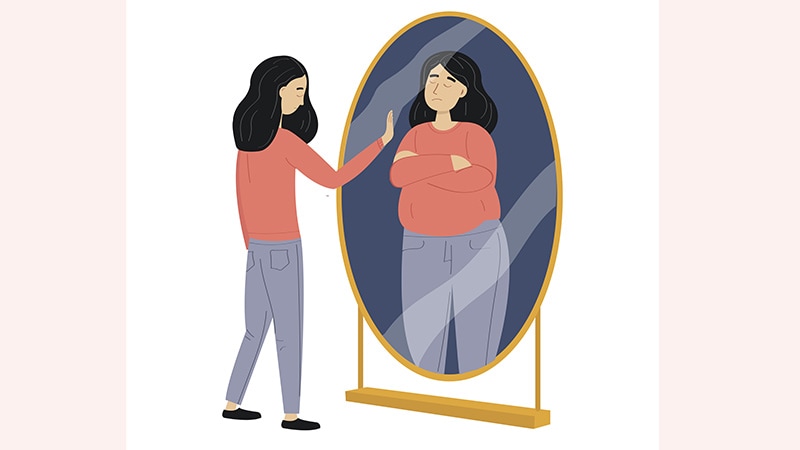Fitness
Psychiatric Comorbidity Tied to Early Mortality in Anorexia

TOPLINE:
Anorexia nervosa (AN) is associated with a 4.5-fold increased risk for mortality — a rate that nearly doubles when AN patients have psychiatric comorbidities.
METHODOLOGY:
- Researchers analyzed data from 14,774 patients diagnosed with AN at age ≥ 6 years from 1977 to 2018.
- Patients were followed-up for a median time of 9.1 years, with some followed-up for ≤ 40 years and matched 1:10 with age- and sex-matched controls.
- Investigators calculated adjusted hazard ratios for mortality, considering psychiatric comorbidity, sex, and age at diagnosis.
TAKEAWAY:
- AN is associated with a 4.5-fold increased mortality risk vs the general population.
- About half of the sample with AN (47%) had a psychiatric comorbidity, which is associated with a 7.7% mortality risk at 10 years.
- Psychiatric comorbidity in anorexia nervosa patients nearly doubles the 10-year mortality risk.
- Suicide was the primary cause of unnatural death (9% died by suicide), and the rate was higher among patients with a psychiatric comorbidity.
IN PRACTICE:
“These findings highlight the crucial need for clinicians to recognize additional mental health disorders in adolescents and adults with anorexia,” author Mette Søeby, MD, Aarhus University/Aarhus University Hospital, in Aarhus, Denmark, said in a press release.
SOURCE:
The study was led by Søeby and was published online on June 12, 2024, in the International Journal of Eating Disorders.
LIMITATIONS:
The transition from International Classification of Diseases, 8th edition (ICD-8) to ICD-10 and inclusion of outpatient visits may have influenced the study’s results by including more patients with less severe illness. The ICD-10 diagnosis code for anorexia nervosa in Danish registers has not been validated, potentially affecting the accuracy of the study’s findings.
DISCLOSURES:
The study was supported by grants from the Novo Nordic Foundation and The Danish Foundation for Research in Mental Disorders. The authors declared no conflicts of interest.
This article was created using several editorial tools, including AI, as part of the process. Human editors reviewed this content before publication.










